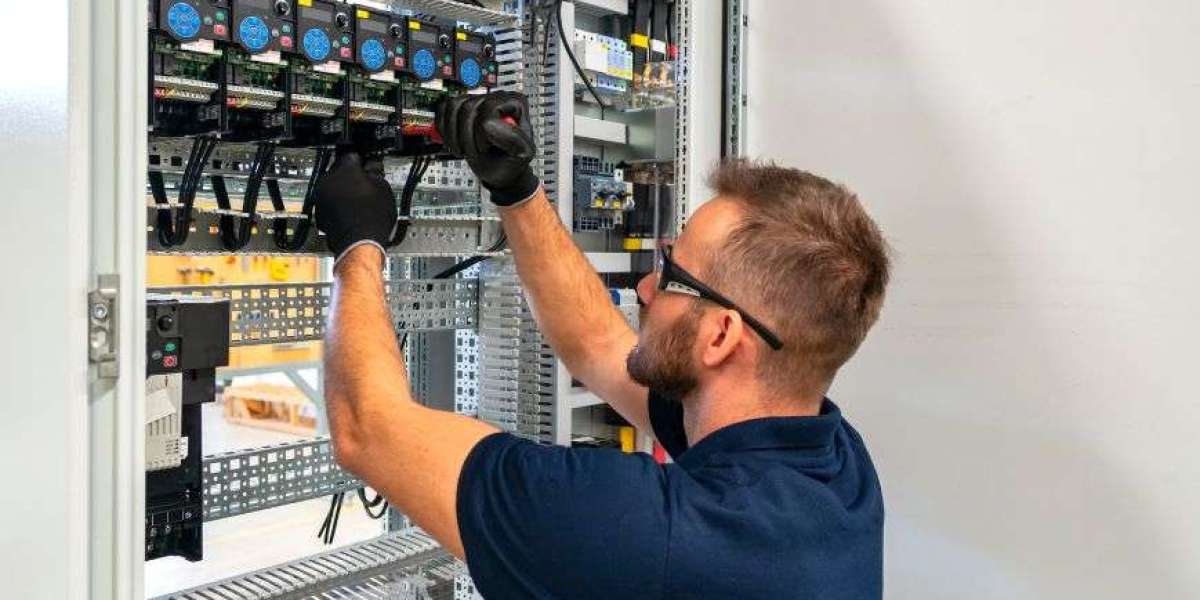The UEE30820 – Certificate III in Electrotechnology Electrician is a nationally recognised qualification that provides the skills and knowledge required to work as a licensed electrician in Australia. This course is a vital step for those seeking a rewarding and in-demand career in the electrical industry, allowing graduates to install, maintain, and repair electrical systems in various settings, from residential to commercial and industrial environments.
In this article, we will explore the key components of the UEE30820 – Certificate III in Electrotechnology Electrician, the skills you will gain, and the career opportunities available upon completion of the course.
What is UEE30820 – Certificate III in Electrotechnology Electrician?
The UEE30820 – Certificate III in Electrotechnology Electrician is designed to equip learners with the theoretical and practical skills needed to become a licensed electrician. This qualification provides a solid foundation in electrical theory, wiring regulations, safety practices, and hands-on experience with electrical installations and systems.
The course is typically offered through a combination of classroom learning, practical workshops, and on-the-job training, allowing students to develop the necessary competencies under the supervision of experienced professionals. It is commonly completed as part of an apprenticeship program, where learners gain practical experience while earning their qualification.
Key Learning Outcomes of UEE30820
Upon completing the UEE30820 – Certificate III in Electrotechnology Electrician, learners will be able to:
1. Install, Maintain, and Repair Electrical Systems
Students will gain the skills to safely install, maintain, and repair various electrical systems and equipment. This includes domestic, commercial, and industrial electrical installations, such as power systems, lighting, and safety systems.
2. Interpret Electrical Drawings and Specifications
Electricians must be able to read and interpret electrical diagrams, plans, and specifications accurately. This unit teaches learners how to understand complex electrical drawings and ensure that installations meet the required standards.
3. Apply Electrical Safety Standards and Regulations
Electrical work involves significant safety risks. This qualification emphasizes the importance of adhering to Australian standards, wiring regulations, and occupational health and safety (OHS) protocols to protect workers and customers.
4. Perform Electrical Testing and Commissioning
Students will learn how to test electrical systems for safety and functionality, as well as how to troubleshoot faults and ensure installations meet regulatory standards.
5. Work with a Range of Electrical Technologies
From traditional power systems to emerging technologies, students will be introduced to various electrical systems, including renewable energy systems such as solar power, providing them with the knowledge to work across diverse electrical environments.
Explore our Latest Resources on UEE30820 – Certificate III in electrotechnology electrician
Learner Resources – UEE30820 – Certificate III in electrotechnology electrician
Learning and Assessment Kit – UEE30820 – Certificate III in electrotechnology electrician
RPL Kit – UEE30820 – Certificate III In Electrotechnology Electrician



